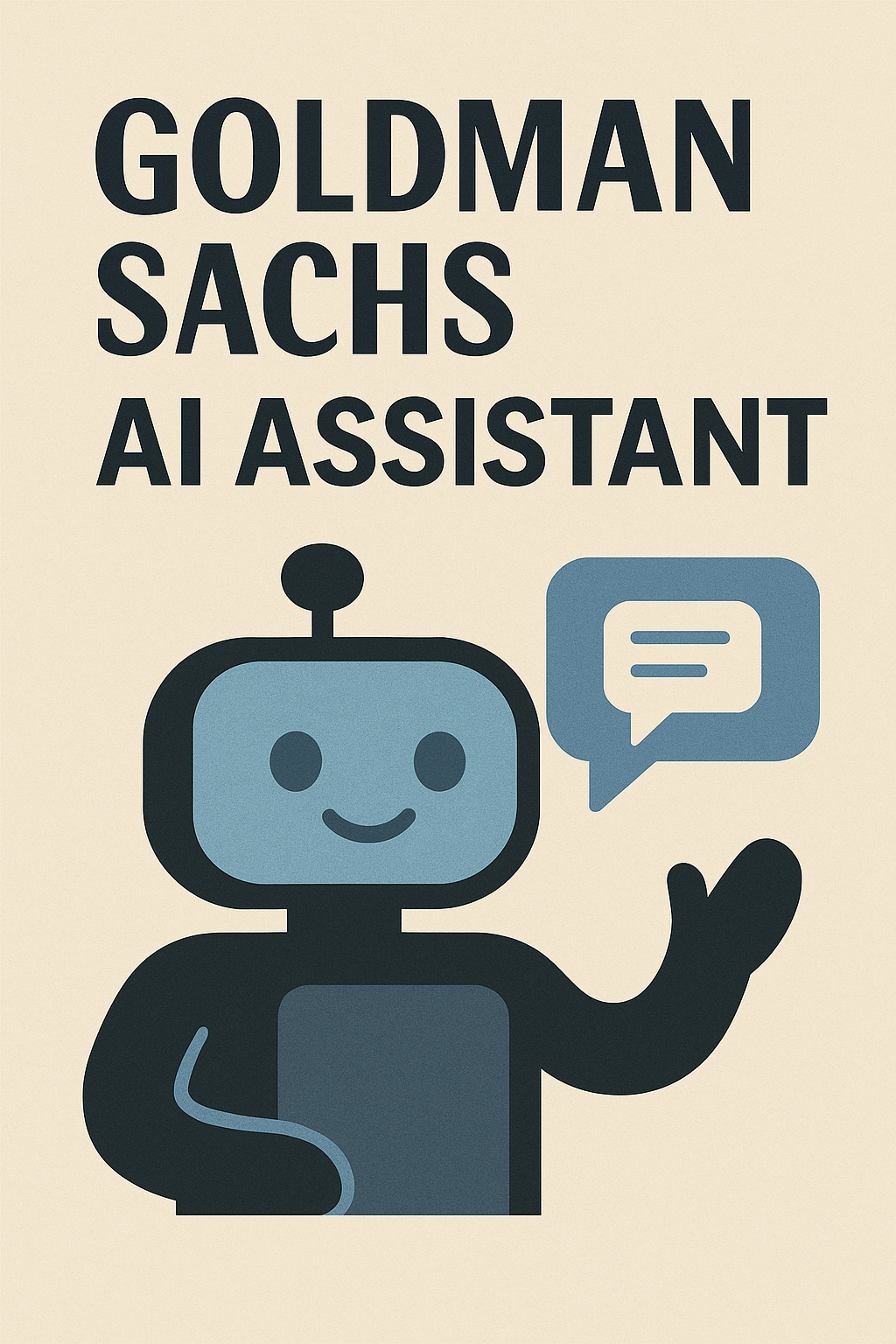April 6, 2025 – In a bold stride toward redefining artificial intelligence, Meta Platforms dropped a bombshell on Saturday, April 5, with the release of Llama 4—the latest iteration of its large language model (LLM) series. Dubbed Llama 4 Scout and Llama 4 Maverick, these models mark a significant evolution in Meta’s AI ambitions, promising to reshape how we interact with technology. With the current date being April 6, 2025, this launch couldn’t be timelier as the global tech landscape heats up with competition.
What’s New with Llama 4?
Meta isn’t just playing catch-up; it’s aiming to set the pace. Llama 4 introduces native multimodal capabilities, meaning it can process and integrate diverse data types—text, images, video, and audio—seamlessly. Imagine an AI that doesn’t just read your messages but can analyze a photo you send or transcribe a voice note on the fly. This isn’t science fiction anymore; it’s Meta’s latest offering. The company claims these models, Scout and Maverick, are its “most advanced yet,” excelling in their class for multimodality.
But the real tease came with the mention of Llama 4 Behemoth, a previewed powerhouse still in development. Meta hinted that this forthcoming model could be “one of the smartest LLMs in the world,” designed to act as a teacher for future iterations. While specifics remain under wraps, the implication is clear: Meta is gunning for the top spot in the AI hierarchy, challenging giants like OpenAI and Google.
Why This Matters Now
The timing of Llama 4’s release aligns with a pivotal moment in the tech world. Just over two years since OpenAI’s ChatGPT redefined generative AI, the industry has been in a relentless sprint. Big tech firms are pouring billions into AI infrastructure—Meta alone plans to spend up to $65 billion this year to bolster its AI capabilities. This investment frenzy stems from a simple truth: AI is no longer a niche experiment; it’s the backbone of tomorrow’s digital economy.
Llama 4’s multimodal design reflects a growing demand for versatile AI systems. Businesses want tools that can handle complex, real-world tasks—think customer service bots that interpret uploaded images or virtual assistants that adapt to voice commands. By open-sourcing Scout and Maverick, Meta continues its strategy of democratizing AI, making cutting-edge tech accessible to developers worldwide. This move could accelerate innovation but also intensifies the pressure on competitors who guard their proprietary models.
The Bigger Picture: AI Arms Race Heats Up
Meta’s launch doesn’t exist in a vacuum. Just days ago, news swirled about U.S.-China trade tensions impacting tech giants, with tariffs threatening to disrupt supply chains and negotiations, like those involving TikTok. Against this backdrop, Llama 4 emerges as a statement of resilience. Meta’s commitment to AI advancement signals it’s not slowing down, even as global politics complicates the playing field.
The company’s focus on multimodality also taps into a broader trend. Consumers and businesses alike crave AI that mirrors human perception—systems that see, hear, and understand the world as we do. This is where Llama 4 Scout and Maverick shine, offering a taste of what’s to come with Behemoth. If Meta delivers on its promises, it could close the gap with OpenAI’s GPT-4o or Anthropic’s Claude, both of which have set high bars in reasoning and performance.
Why It’s Clicking with the Masses
So, why is Llama 4 generating buzz? For one, its open-source nature invites a global community of developers to tinker and build, potentially sparking a wave of creative applications. Early adopters are already praising its efficiency—Scout and Maverick reportedly deliver blazing-fast inference speeds, crucial for real-time use cases like voice AI or live customer support. Add in a context window rumored to handle millions of tokens, and you’ve got a recipe for an AI that can digest vast amounts of data without breaking a sweat.
The timing also plays into current events. With tariffs dominating headlines and tech firms navigating economic uncertainty, a free, powerful AI model feels like a lifeline for startups and innovators. It’s no surprise that posts on platforms like X are lighting up with excitement, with users touting Llama 4’s potential to reshape industries from education to marketing.
Challenges Ahead
Of course, it’s not all smooth sailing. Meta’s aggressive AI push comes with risks. Open-sourcing advanced models raises questions about misuse—could bad actors exploit Llama 4 for disinformation or other harms? The company has faced scrutiny before over its AI ethics, and Behemoth’s “teacher” role will only amplify those concerns. Plus, the tech giant must prove its models can outshine closed-source rivals in practical, everyday scenarios—not just benchmarks.
What’s Next?
As of today, April 6, 2025, Llama 4 Scout and Maverick are live, downloadable, and ready to disrupt. The Behemoth preview has tongues wagging, but Meta’s tight-lipped about a full release date. One thing’s certain: the AI race just got a lot more interesting. Whether you’re a developer, a business owner, or just a tech enthusiast, Llama 4 is a signal that the future is multimodal—and it’s arriving faster than you think.



